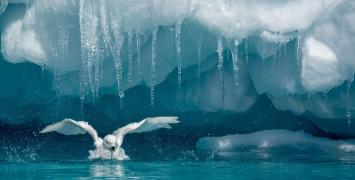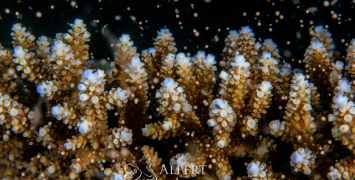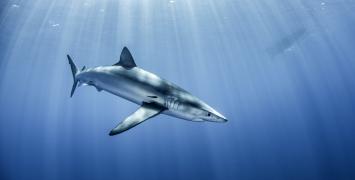Diving ‘mermaids’ could tell us what the Earth and the ocean look like from within
An ERC grant motivated Prof. Guust Nolet to move back to Europe to develop small underwater robots that could help us understand our planet’s structure. Ten years later, thanks to an industrial partnership funded by an additional ERC grant, these robots are also employed to monitor the health of our oceans.
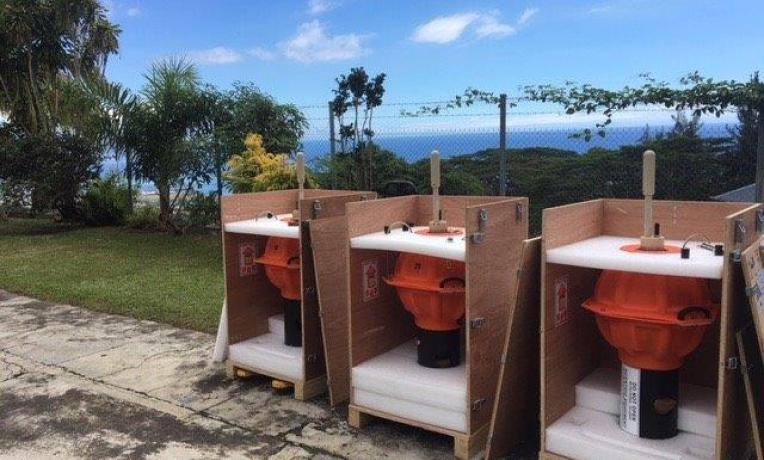
Many of us have had a CT scan. This technique, called computed tomography (CT), is used by doctors to obtain images of organs and bones from many different angles inside the human body. All these images combined together give a 3D picture of the body.
Using a similar technique, known as seismic tomography, seismologists can visualise the Earth’s interior. By studying the waves generated by earthquakes or explosions, they can create two and three-dimensional images of the inner part of the Earth. Since its inception in the 1970s, seismic tomography has made rapid progress and significantly contributed to the understanding of our planet’s evolution. Nevertheless, advances are slow because earthquakes in oceanic regions go virtually unreported.
Prof. Nolet, a Dutch geophysicist based at the University of Princeton, started to develop an underwater seismograph prototype called ‘MERMAID’ (Mobile Earthquake Recording in Marine Areas by Independent Divers). He had the idea of equipping floats already used by oceanographers in the Argo project with sensors detecting earthquakes. These floats surface every one or two weeks to transmit data on temperature and salinity to a satellite. Despite some encouraging results, he met a lot of scepticism among his peers and failed to secure additional resources for his research.
Watching this video you are accepting Youtube cookies policy
Back to Europe thanks to ERC funding
In 2008 Prof. Nolet was a visiting professor at the University of Nice when he decided to apply for an ERC Advanced Grant and succeeded to obtain funding for ‘this very risky undertaking’. Subsequently he moved permanently to France to pursue the development of his project taking advantage of the facilities of the geophysical laboratory Géoazur in Sophia Antipolis, including access to a 22-meter research vessel which was ideal for running tests in the Mediterranean. Prof. Nolet could finally build and deploy a small fleet of MERMAIDs, which was sent on oceanographic expeditions in the Indian and Pacific oceans.
Some of these data, that would not otherwise have been collected, were used to study the structure of the Earth’s mantle beneath the Galapagos Islands, a result that raised the attention of the seismological community. With these innovative tools, it is now possible to expand data acquisition in regions of the oceans that are important for investigation. This unconventional approach can be done at a fraction of the cost of the deployment of ocean-bottom seismometers, and has the potential to revolutionise the development of seismic recording systems for the oceans.

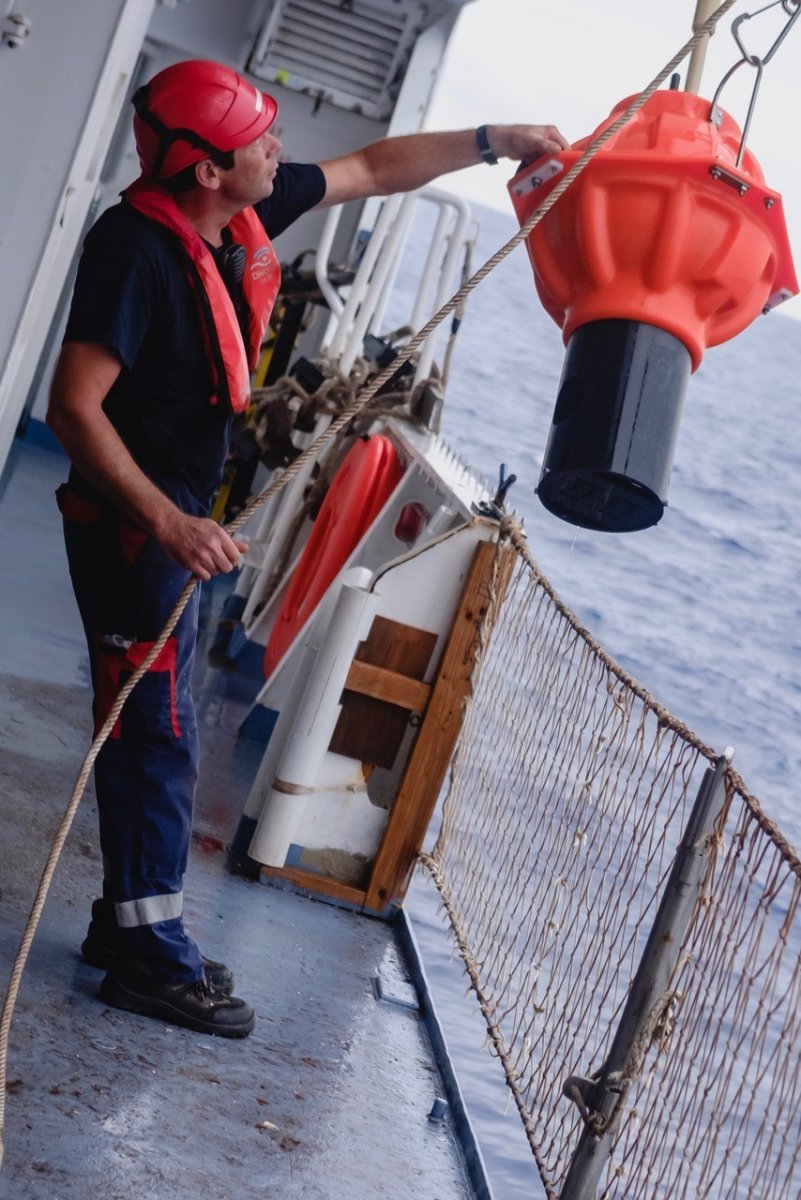
© Yann Hello
Left: A MERMAID comes to the surface to transmit data using the Iridium satellite system.
Right: The recovery of a Mermaid that has operated for one year in the Pacific Ocean.
Industrial collaboration led to an award
Following this successful outcome, Prof. Nolet obtained further ERC funding in the form of a Proof of Concept grant to bring his idea to the market. In cooperation with OSEAN, a company specialised in underwater technology, he developed more powerful floats that can dive deeper and have an increased life expectancy – 5 years – compared to the first prototypes.
In October 2019, Yann Hello, Geoazur’s research engineer in charge of R&D, who worked with Prof. Nolet on this project, received the FIEEC Carnot Prize for Applied Research, given to researchers who have developed a research partnership with industry that has had a real economic impact with creation of jobs and high turnover. This partnership led to the further development of the current MERMAIDs, adding new features and sensors to extend their use to detect whales, meteorological phenomena and noise pollution for the benefit of the environmental monitoring of the oceans.

Left to right: Dr Pierre Toulhoat, vice-president of BRGM (Bureau de Recherches Géologiques et Minières), Yann Hello, Olivier Philippe, CEO of OSEAN
Future applications
Now researchers envisage applications also for recording underwater sound (in the context of the EU’s Marine Strategy Directive Framework, the first European legislative tool on the protection of marine biodiversity), monitoring the nuclear test ban treaty and running forensic investigations. Although officially retired, Prof. Nolet is currently training young researchers working on the next generation of underwater robots that will serve not only geophysicists but also geochemists, biologists, meteorologists, oceanographers, and the whole climate science community.
I would like to express my gratitude to ERC whose emphasis on “high risk, high reward” has made this possible.
Bio
Guust Nolet received his Bachelor’s degree in 1967 and his PhD in 1976, both from Utrecht University (NL). He joined the Faculty of Earth Sciences at Utrecht University, where he was promoted to professor in 1985. From 1991 to 2008 he was Professor in the Department of Geosciences at Princeton University (US). Afterwards he took a position at the University of Nice/Sophia Antipolis (France) until he retired in 2014. Prof. Nolet has spent much of his scientific career seeking to understand the mantle’s role in shaping the geological features observed at Earth’s surface. He pioneered the science of seismic tomography—the imaging of the deep Earth—and designed the first portable digital seismic array for field studies of the Earth’s interior structure.


